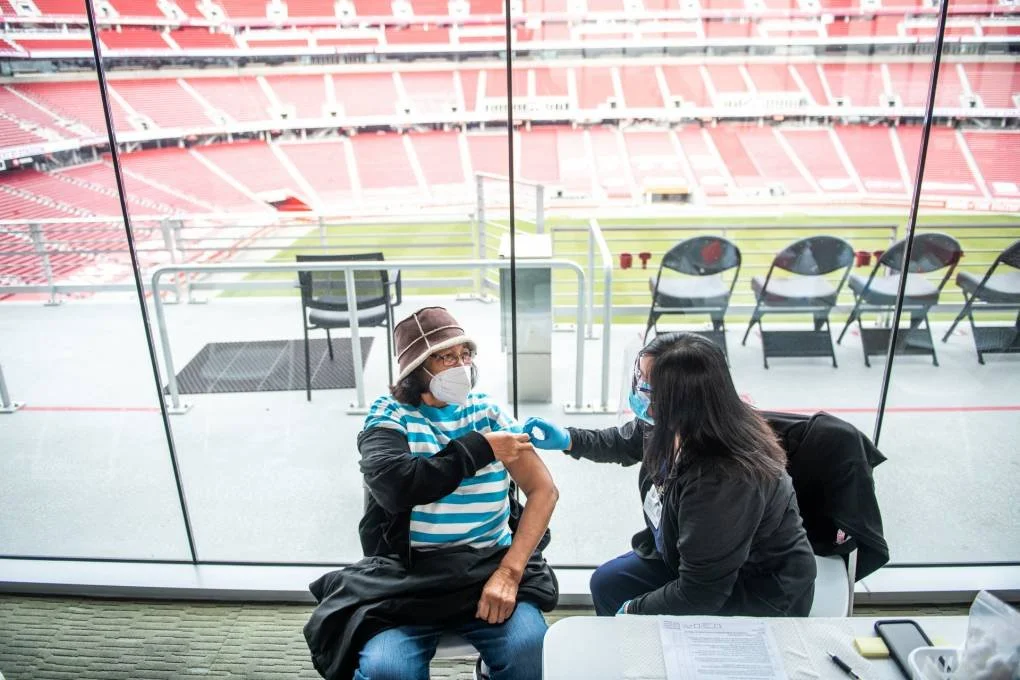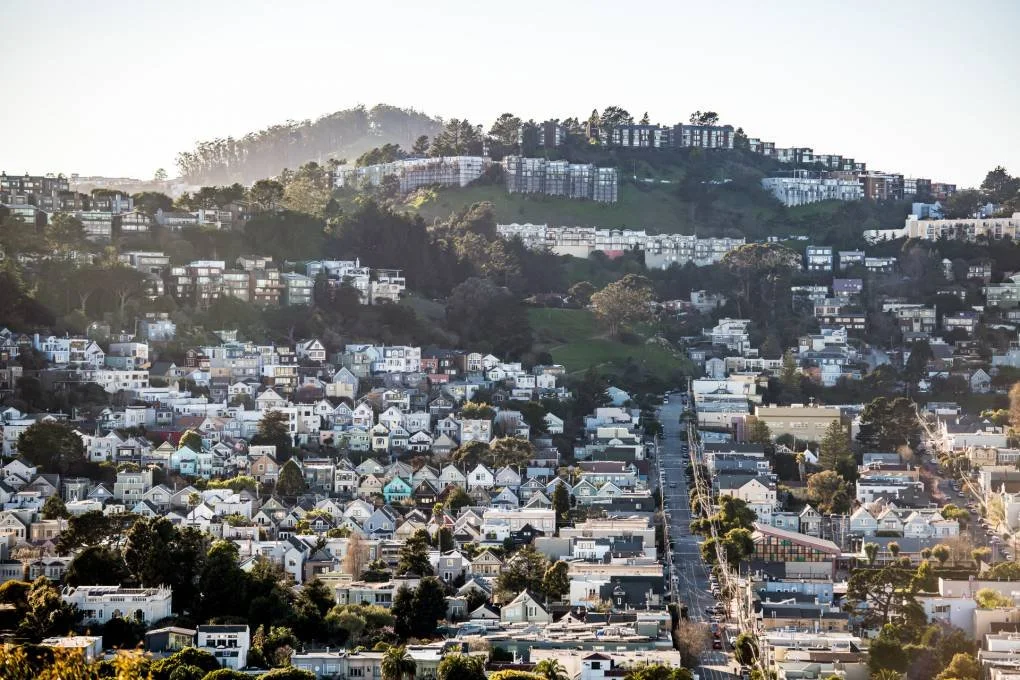The Bay
I loved getting to play with production and sound design on KQED’s news podcast, The Bay. Here are a few episodes I helped produce:
The Bay spoke to Cathy Erway, food writer and host of the podcast Self Evident: Asian America’s Stories, about how she came across the work of Sonoma County’s Adrian Chang and Erin Wilkins, who teach about Asian American folk traditions while weaving in personal history — and the connections to her own life she found within.
After the pandemic forced strip clubs in San Francisco’s North Beach neighborhood to close and protests against police violence erupted in the summer, many dancers were laid off and started to work virtually instead. This created an unexpected opportunity to push for more worker power among strippers, and fight back against issues like sexual harassment, racism, and a culture of fear around speaking out. And now, some dancers are hoping that this organizing will lead to better working conditions in strip clubs when the pandemic eventually ends.
On Monday, the Centers for Disease Control and Prevention released new guidelines for fully vaccinated people. New, confirmed cases of COVID-19 are down in California. We have three vaccines in the U.S. This is all good news.
But the virus and its variants are still among us, and a vast segment of the population is still waiting their turn for the vaccine. So how should we navigate this in-between period without sabotaging the progress we’ve made?
Organizers behind the attempt to recall Gov. Gavin Newsom believe they will collect enough verified signatures to trigger a special election later this year.
It’s going to take a lot to actually unseat Newsom in a recall election and replace him with a Republican. But this campaign is already a lot bigger than any other effort to recall a California governor since 2003. So, why has it gained traction this time?
The single-family neighborhood has been foundational to American housing policy for decades. It’s also been a tool to keep Black and brown people out of homeownership, and is one reason why there isn’t nearly enough housing overall.
This policy has deep roots in the Bay Area. But now, a handful of cities are rethinking it, and allowing developers to build “fourplexes” in these areas.
A change like this won’t solve the housing crisis overnight, and it won’t bring down rents unless it’s paired with other protections. But it is a big first step.




